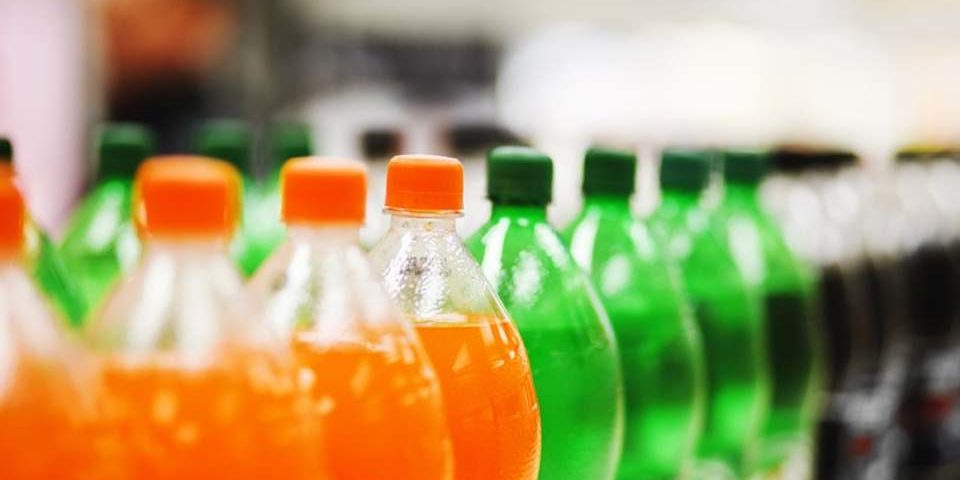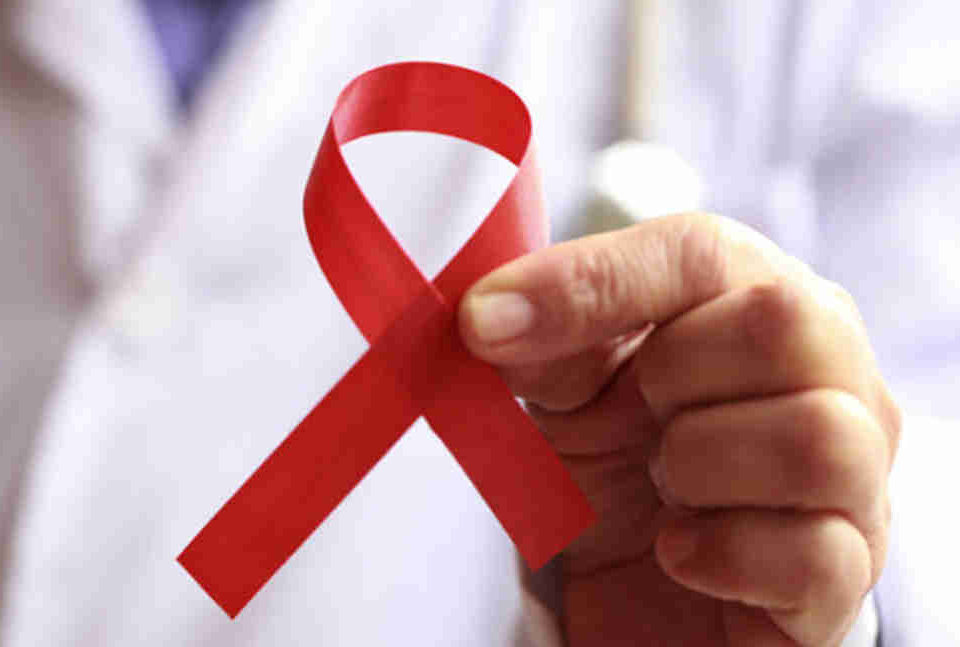- 如有疑问,请联系电邮
- customer@ihealth66.com
USNEWS:征税对苏打汽水的销售抑制有效吗?
By Toby Amidor
SODA CONSUMPTION IS blamed as being a cause of heart disease, obesity, Type 2 diabetes and some types of cancer in adults, and it’s easy to see why, Government guidelines encourage Americans to limit their sugar consumption to no more than 10 percent of their total daily calories, and it’s tough to do that while drinking soda. In fact, beverages account for 47 percent of all the added sugar consumed in the U.S., with soda being the largest source of added sugar, according to the 2015 to 2020 Dietary Guidelines for Americans. Even though soda consumption in America is at a 30-year low (down 15 percent from 422 calories per day in 1999), most of us are still consuming too much.
In an effort to curb sugar consumption, then, many state governments have put a tax on soda. Is it working?
According to “food futurist” Jack Bobo, new data out of Philadelphia show that soda sales decreased six months after the city implemented a soda tax. But, he adds, sales “increased to nearly the same extent just outside of the city limit.” Bobo also says that data from Berkeley, California, reveal that self-reported sugar-sweetened beverage intake did not change significantly after one year of a tax.
In general, says Taylor Wallace, principal and CEO of the Think Healthy Group and an adjunct professor in the department of nutrition and food studies at George Mason University, there’s not much scientific support for taxing food or drink choices in an effort to change behavior. “Large authoritative systematic reviews of the peer-reviewed scientific literature have failed to illustrate any compelling evidence that economic interventions are effective in promoting any type of dietary behavior change,” he says. Research also shows that people who consume the most soda are the least responsive to price changes, Wallace adds. In some cases, taxes actually seem to have a negative effect: In beer-drinking households, for instance, the taxes are linked with an increased purchase of beer.
If soda taxes don’t seem to work, what might? The answer is multifaceted, Wallace says. “It all starts with children and school nutrition policy,” he says. “Research shows that if we educate and instill healthy behaviors early in life, then those children are more likely to grow up to be healthier adults. Cravings and preferences are certainly instilled early in life.” Wallace reminds us that Former First Lady Michelle Obama has shown how national food policies can have long-lasting effects in children.
However, school nutrition policies are governed by the recommendations set forth by the Dietary Guidelines for Americans, which also needs to be reexamined when it comes to beverage recommendations. Right now, it only recommends water, low and nonfat milk, fortified soy beverages and 100-percent fruit or vegetable juice. But most Americans can consume other low- and no-calorie beverages like unsweetened tea and coffee, which have health-promoting properties, Wallace says.
Government policy is one way to help combat the obesity epidemic and help create a barrier to purchasing soda, however, we should all also do our parts at home. Education of children just as important at home as it is in school. Keeping soda out of the house is a good rule of thumb. Parents can also create low- or no-calorie beverages for kids to enjoy such as a 100-percent fruit juice spritzer with a mix of 100-percent cranberry or orange juice and seltzer, or even purchase lower-calorie flavored sparkling waters.
Adults too, can limit or eliminate their soda intake by:
- Choosing seltzer or flavored seltzer;
- Flavoring water at home by adding cucumber, mint, muddled berries or citrus fruit; and
- Drinking unsweetened tea and coffee, or minimizing the amount of added sugar used in those drinks.







